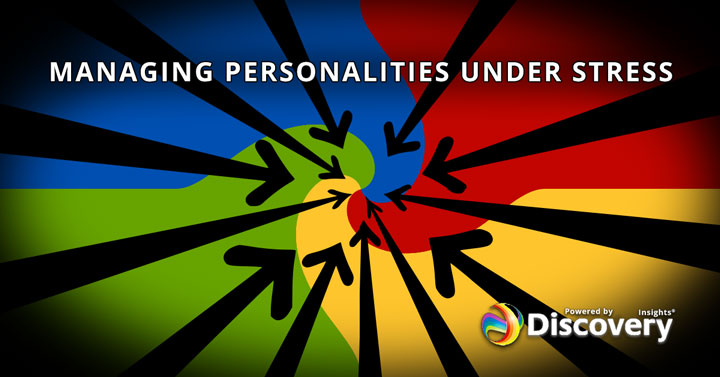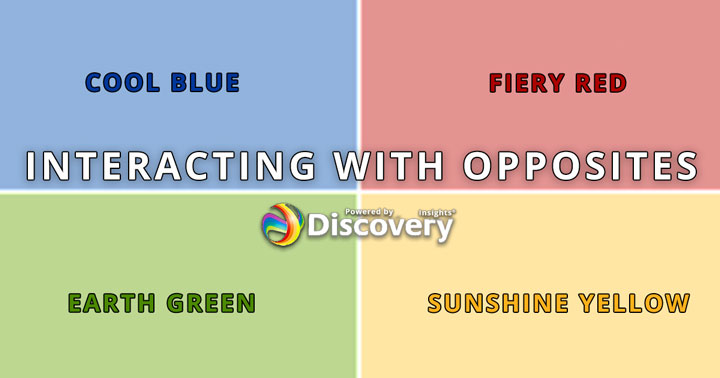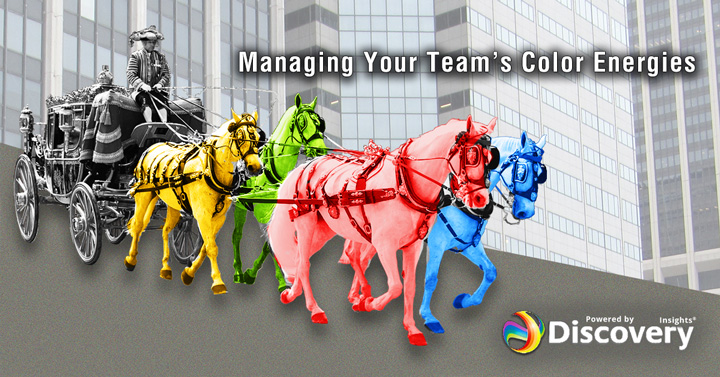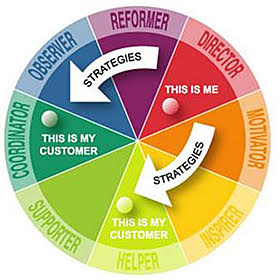Jung’s Creative Type – Top Two Colors Opposite
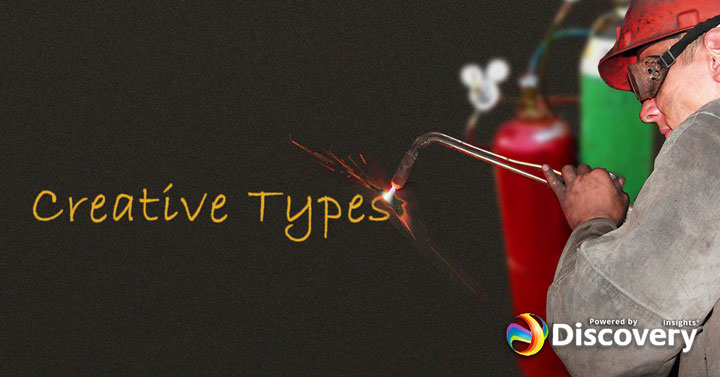
Introducing Carl Jung’s Creative Type
In the past I’ve discussed how a number of personality assessments are based on the work of psychologist Carl Jung. One of these assessments based on Jung’s work is the Insights Discovery system, which assigns people into four primary color categories that refer to personality styles (cool blue, earth green, sunshine yellow, and fiery red). From these four color categories, eight personality types are defined, based on combinations of these colors (e.g. the Motivator type is a mix of fiery red and sunshine yellow).
However, those who are familiar with Jung will know that he also discussed the importance of dominant and auxiliary traits, meaning that a person may use a blend of several different personality styles or energies. Today I’ll be sharing information on how dominant and auxiliary traits are important for the Insights Discovery system too, by introducing a particular and unusual personality type: the Creative type.
What is a Creative Type?
The basic Insights Discovery system assumes that most people will be best described by either a single color energy, or a combination of two related color energies. For example, a person may be a results-driven, determined leader (a pure fiery red Director type), a highly sociable extrovert (a pure sunshine yellow Inspirer), or an enthusiastic and positive Motivator type (a combination of fiery red and sunshine yellow). However, there are some people who do not fit this pattern of using two closely related styles. Instead, these people have two opposing styles they use most frequently. These people are the Creative type.
A Creative person can channel both fiery red and its opposite, earth green, for example. Or they can be both sunshine yellow and cool blue. These people are capable of displaying both opposing aspects of personality: in the case of fiery red and earth green, a Creative type can be both a decisive leader and a supportive counselor depending on the situation.
This can be confusing for others, as they see the Creative being harmonious and supportive one minute (using their earth green energy) and then flipping to being abrupt and decisive the next (using their fiery red energy). This can make the Creative type hard to identify as they can have many aspects to their personality.
How are Two Opposing Energies Balanced?
According to Jung, we do not have simply one persona. Rather, we have a persona that we use most often and most consciously, and also another persona that we use less often and less consciously. These are sometimes known as dominant and auxiliary traits. The dominant traits are those that we would most often describe ourselves with – they are related to the way that we wish to behave and wish to be seen.
But the auxiliary traits are also an important part of what motivates us, even if we are not fully aware of it. Jung believed that creativity arises primarily from the unconscious mind – that is, from the thought processes that go on in the background of our minds and that we are not aware of. The auxiliary traits are linked to this unconscious mind.
For most of us, our dominant and auxiliary personas are similar, but for Creative types, the dominant and auxiliary traits can be very different. A Creative type can be highly detail oriented but can also look at the big picture, or they can think about what needs to be achieved now as well as what could be achieved in the future.
But simply having the potential to use various aspects of one’s personality is not enough – in order to be successful, a Creative type needs to have excellent mental and emotional agility to move between aspects depending upon the requirements of a situation.
The Advantages and Challenges of Working With a Creative Type
Having a Creative type on a team has both benefits and drawbacks. In terms of advantages, a Creative type can act as a bridge or interpreter between different personality styles, for example by reframing the fiery red’s desire for action into a people-focused approach that will appeal to the earth green. Or they can take the enthusiasm of the sunshine yellow and translate it into logical terms that will be comprehensible to a cool blue. This makes them valuable in promoting team harmony and helping different personality types to understand each other.
When a Creative type has good self-awareness, they are able to adapt to a wide range of circumstances and use the appropriate mode for current requirements. However, if they lack self-awareness, they may switch to an inappropriate mode without being aware of it – for example, when trying to motivate an insecure co-worker they may rely too much on fiery red energy and come across as bossy or uncaring.
This means that Creative types can also be unpredictable and hard for others in the team to understand. Other team members may say that they just don’t “get” the Creative person because their behavior can seem erratic. This is why Creative types need careful management and support to achieve their full potential.
What Everyone Can Learn from a Creative Type
There is a lesson from the Creative type which is important for everyone. Namely, that personality types are not set in stone, and are not prescriptive – instead they describe the many ways in which people can interact. If someone practices and trains an approach or skill then they will improve, even if it is not something that necessarily comes naturally to them. Just because someone is not naturally extroverted, for example, doesn’t mean they can’t become a great salesperson with practice and training.
Also, it is important to be mindful of what thought processes and approaches we use for a given situation. If a manager has a problem with a low performer, then they could try either decisively leading by saying exactly what is expected of them (using a fiery red approach) or supporting and nurturing them (using an earth green approach). Having the self-awareness to decide which aspect of their personality they should use in a given situation is a key skill for better interactions with others.
To learn more about Insights Discovery and how it can help to build strong teams, visit www.discoveryourself.com.

